Performance Analysis of Multi-Cell Association in Downlink MU-MIMO System with Arbitrary Beamforming
Abstract
:1. Introduction
- Incorporating transmit and receive antenna diversity into the system design and thereby analyzing the coverage probability of a given user associated with several cells.
- Deriving exact closed-form expressions under the assumption of only the statistical CSI’s availability in a downlink broadcast scenario.
- Providing a generic framework for which several precoding and equalization schemes can be employed. Furthermore, a scheme of repeated, as well as distinct, eigenvalue structures of channel weight matrices is outlined.
2. System Model
2.1. Receive Beamforming Used for Covariance Shaping
2.2. MS having Single Antenna Element
3. Characterization of Multi-Cell Association Coverage Probability l
3.1. Multiplicity of Eigenvalues
3.2. Distinct Eigenvalues
4. Performance Evaluation
5. Conclusions
Author Contributions
Funding
Institutional Review Board Statement
Informed Consent Statement
Acknowledgments
Conflicts of Interest
Appendix A
References
- Anonymous. Global mobile data traffic forecast update. In Cisco Visual Networking Index), White Paper, 2018–2023; Cisco Systems, Inc.: San Francisco, CA, USA, 2020. [Google Scholar]
- Hong, S.E. On the effect of shadowing correlation and pilot assignment on hybrid precoding performance for cell-free mmWave massive MIMO UDN system. ICT Express 2021, 7, 60–70. [Google Scholar] [CrossRef]
- Obakhena, H.I.; Imoize, A.L.; Anyasi, F.I.; Kavitha, K.V.N. Application of cell-free massive MIMO in 5G and beyond 5G wireless networks: A survey. J. Eng. Appl. Sci. 2021, 68, 1–41. [Google Scholar] [CrossRef]
- Jia, X.; Ji, S.; Ouyang, Y.; Zhou, M.; Yang, L. Non-best user association scheme and effect on multiple tiers heterogeneous networks. IET Commun. 2018, 12, 2067–2075. [Google Scholar] [CrossRef]
- Sial, M.N.; Ahmed, J. A realistic uplink–downlink coupled and decoupled user association technique for K-tier 5G HetNets. Arab. J. Sci. Eng. 2019, 44, 2185–2204. [Google Scholar] [CrossRef]
- Astely, D.; Dahlman, E.; Fodor, G.; Parkvall, S.; Sachs, J. LTE release 12 and beyond [Accepted From Open Call]. IEEE Commun. Mag. 2013, 51, 154–160. [Google Scholar] [CrossRef]
- Kim, D.M.; Popovski, P. Reliable Uplink Communication through Double Association in Wireless Heterogeneous Networks. IEEE Wirel. Commun. Lett. 2016, 5, 312–315. [Google Scholar] [CrossRef] [Green Version]
- Hossain, E.; Rasti, M.; Tabassum, H.; Abdelnasser, A. Evolution toward 5G multi-tier cellular wireless networks: An interference management perspective. IEEE Wirel. Commun. 2014, 21, 118–127. [Google Scholar] [CrossRef] [Green Version]
- Elshaer, H.; Boccardi, F.; Dohler, M.; Irmer, R. Downlink and Uplink Decoupling: A disruptive architectural design for 5G networks. In Proceedings of the 2014 IEEE Global Communications Conference, Austin, TX, USA, 8–12 December 2014; pp. 1798–1803. [Google Scholar]
- Smiljkovikj, K.; Popovski, P.; Gavrilovska, L. Analysis of the Decoupled Access for Downlink and Uplink in Wireless Heterogeneous Networks. IEEE Wirel. Commun. Lett. 2015, 4, 173–176. [Google Scholar] [CrossRef] [Green Version]
- Dong, R.; Li, A.; Hardjawana, W.; Li, Y.; Ge, X.; Vucetic, B. Joint beamforming and user association scheme for full-dimension massive MIMO networks. IEEE Trans. Veh. Technol. 2019, 68, 7733–7746. [Google Scholar] [CrossRef]
- ElSawy, H.; Hossain, E.; Haenggi, M. Stochastic geometry for modeling, analysis, and design of multi-tier and cognitive cellular wireless networks: A survey. IEEE Commun. Surv. Tutor. 2013, 15, 996–1019. [Google Scholar] [CrossRef]
- Lema, M.A.; Pardo, E.; Galinina, O.; Andreev, S.; Dohler, M. Flexible Dual-Connectivity Spectrum Aggregation for Decoupled Uplink and Downlink Access in 5G Heterogeneous Systems. IEEE J. Sel. Areas Commun. 2016, 34, 2851–2865. [Google Scholar] [CrossRef] [Green Version]
- Shi, Y.; Qu, H.; Zhao, J. Dual connectivity enabled user association approach for max-throughput in the downlink heterogeneous network. Wirel. Pers. Commun. 2017, 96, 529–542. [Google Scholar] [CrossRef]
- Shi, Y.; Qu, H.; Zhao, J. Dual-Connectivity Enabled Resource Allocation Approach with eICIC for Throughput Maximization in HetNets with Backhaul Constraint. IEEE Wirel. Commun. Lett. 2019, 8, 1297–1300. [Google Scholar] [CrossRef]
- Zakrzewska, A.; López-Pérez, D.; Kucera, S.; Claussen, H. Dual connectivity in LTE HetNets with split control-and user-plane. In Proceedings of the IEEE Globecom Workshops (GC Wkshps), Atlanta, GA, USA, 9–13 December 2013; pp. 391–396. [Google Scholar]
- Wu, Y.; Qian, L.P. Energy-efficient NOMA-enabled traffic offloading via dual-connectivity in small-cell networks. IEEE Commun. Lett. 2017, 21, 1605–1608. [Google Scholar] [CrossRef]
- Rosa, C.; Pedersen, K.; Wang, H.; Michaelsen, P.H.; Barbera, S.; Malkamaki, E.; Henttonen, T.; Sebire, B. Dual connectivity for LTE small cell evolution: Functionality and performance aspects. IEEE Commun. Mag. 2016, 54, 137–143. [Google Scholar] [CrossRef]
- Al-Naffouri, T.Y.; Moinuddin, M.; Ajeeb, N.; Hassibi, B.; Moustakas, A.L. On the Distribution of Indefinite Quadratic Forms in Gaussian Random Variables. IEEE Trans. Commun. 2016, 64, 153–165. [Google Scholar] [CrossRef]
- Hassan, A.K.; Moinuddin, M.; Al-Saggaf, U.M.; Aldayel, O.; Davidson, T.N.; Al-Naffouri, T.Y. Performance Analysis and Joint Statistical Beamformer Design for Multi-User MIMO Systems. IEEE Commun. Lett. 2020, 24, 2152–2156. [Google Scholar] [CrossRef]
- Moinuddin, M.; Al-Saggaf, U.M.; Hassan, A.K. King Abdulaziz University. Method of Optimizing Multi-Cell Association in Downlink Multi-User, Multiple-Input, Multiple-Output (MU-MIMO) Systems via Statistical Beamforming. U.S. Patent 11,356,155 B1, 7 June 2022. [Google Scholar]
- Weichselberger, W.; Herdin, M.; Ozcelik, H.; Bonek, E. A stochastic MIMO channel model with joint correlation of both link ends. IEEE Trans. Wirel. Commun. 2006, 5, 90–100. [Google Scholar] [CrossRef] [Green Version]
- Hassan, A.K.; Moinuddin, M.; Al-Saggaf, U.M.; Al-Naffouri, T.Y. Performance Analysis of Beamforming in MU-MIMO Systems for Rayleigh Fading Channels. IEEE Access 2017, 5, 3709–3720. [Google Scholar] [CrossRef] [Green Version]
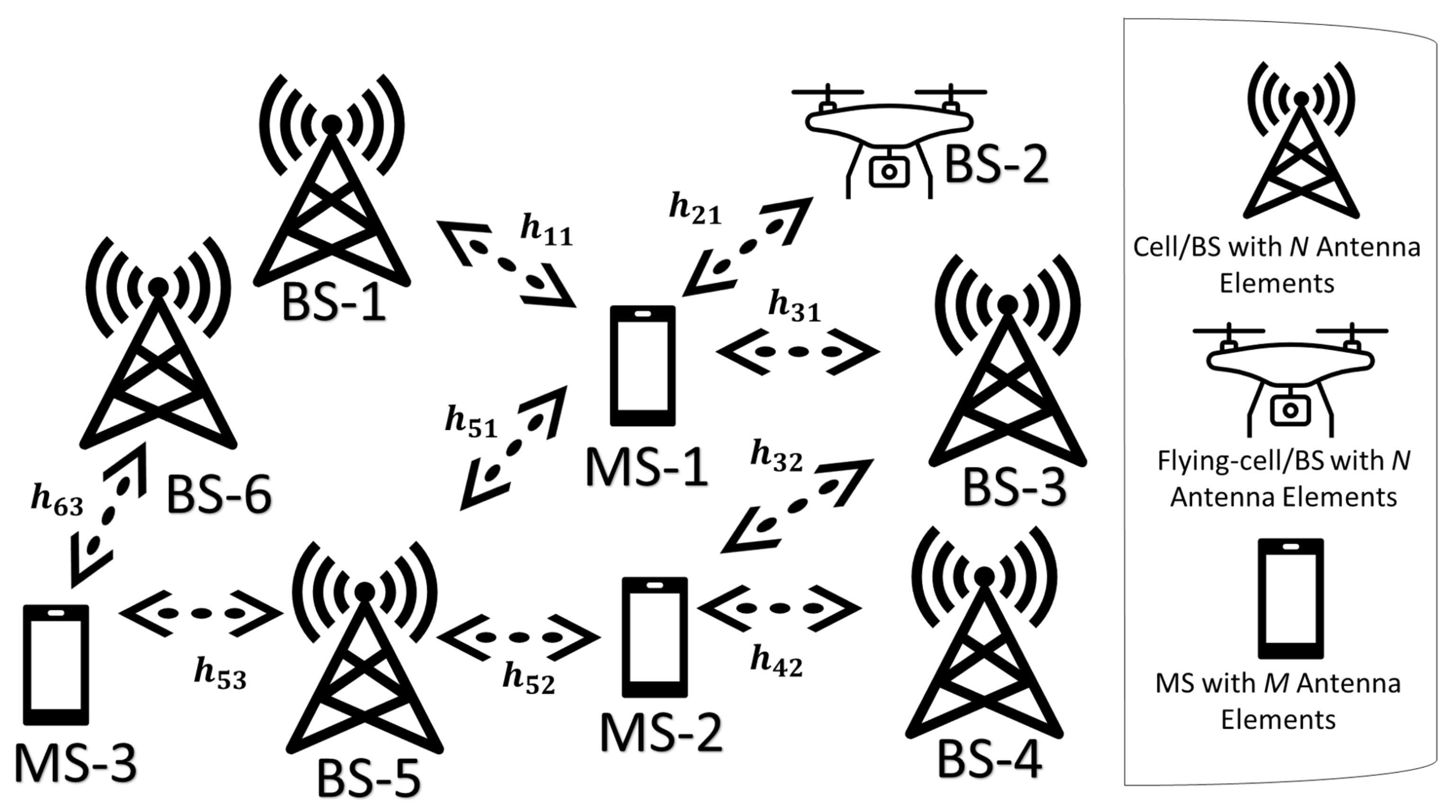
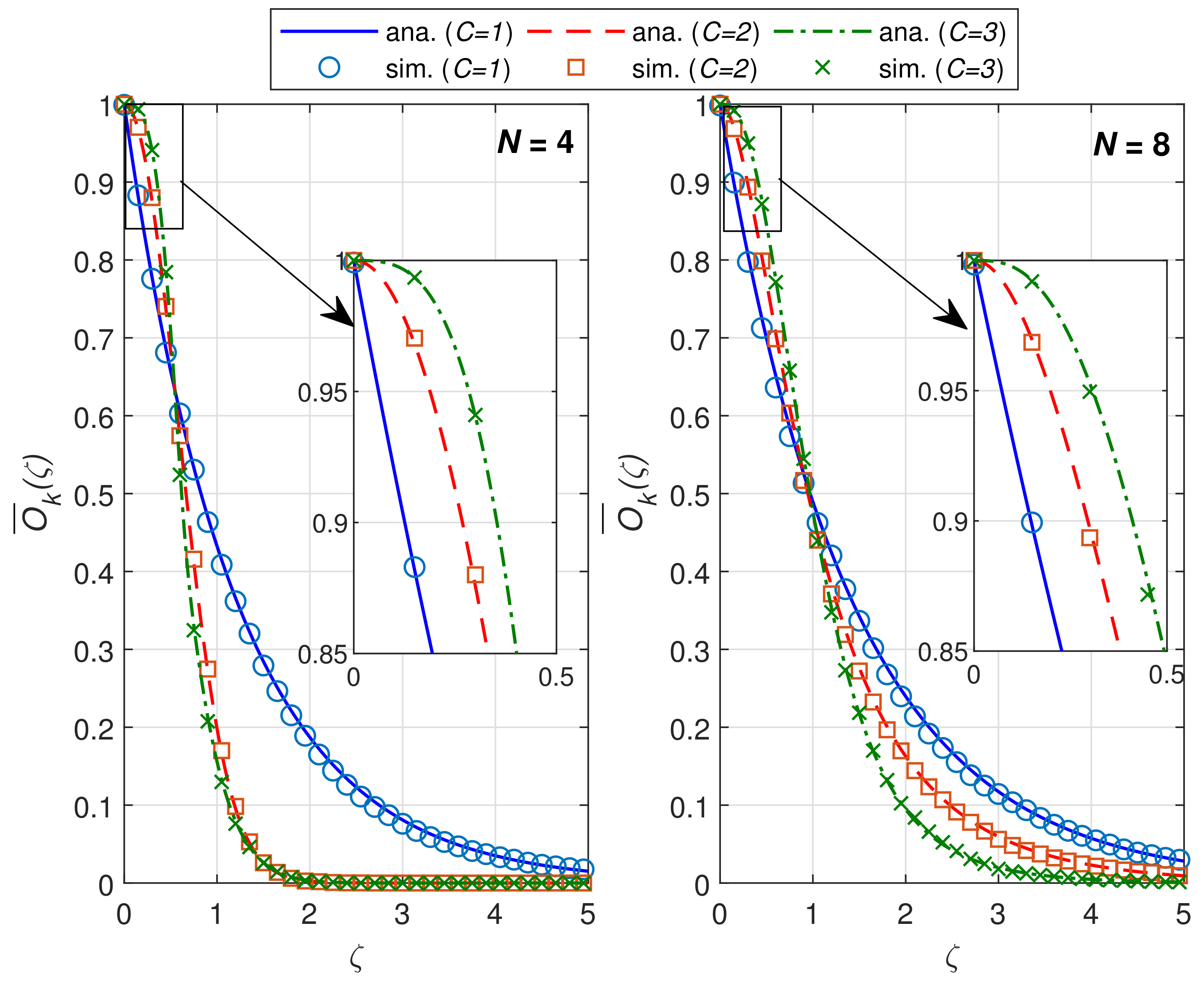
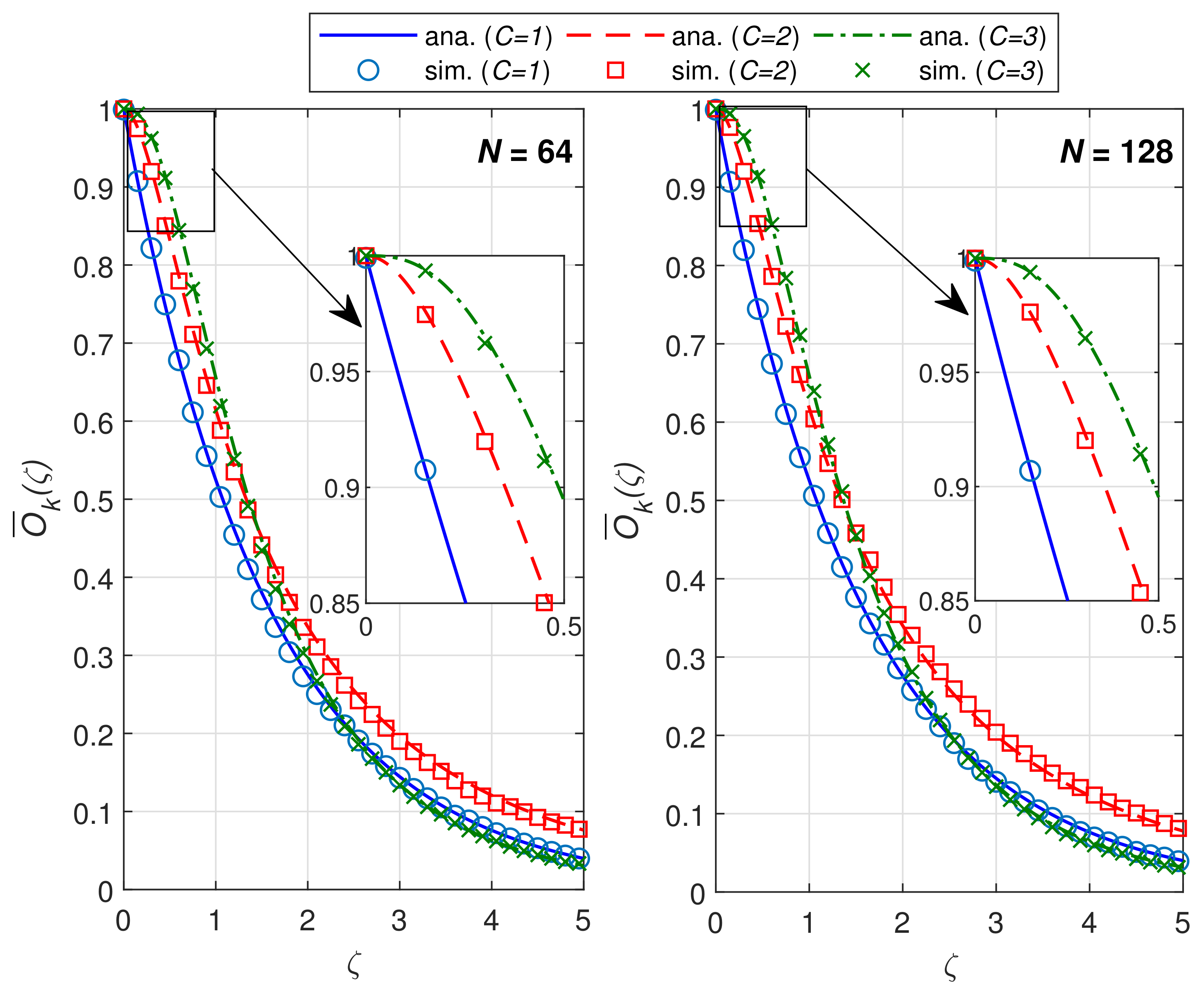
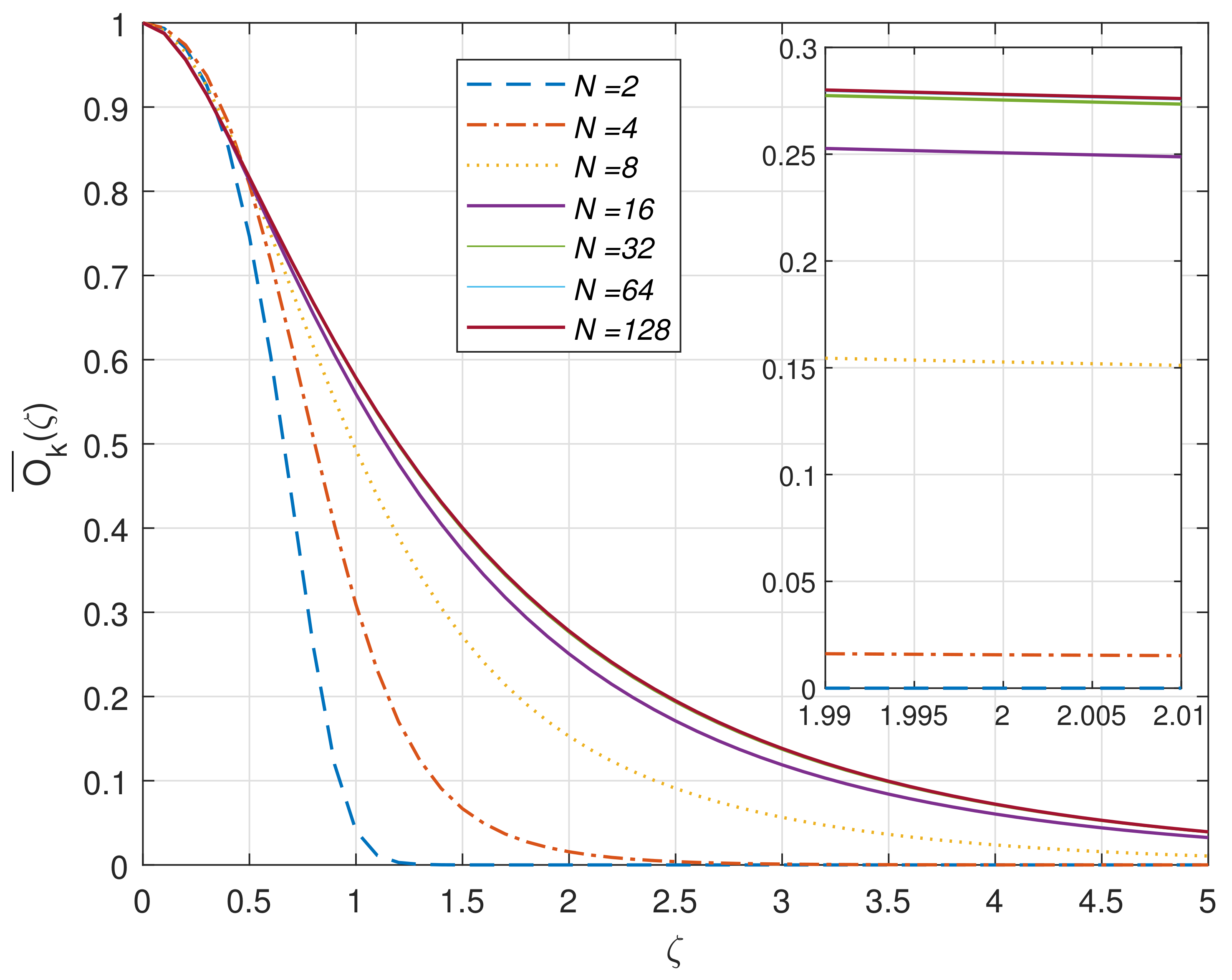
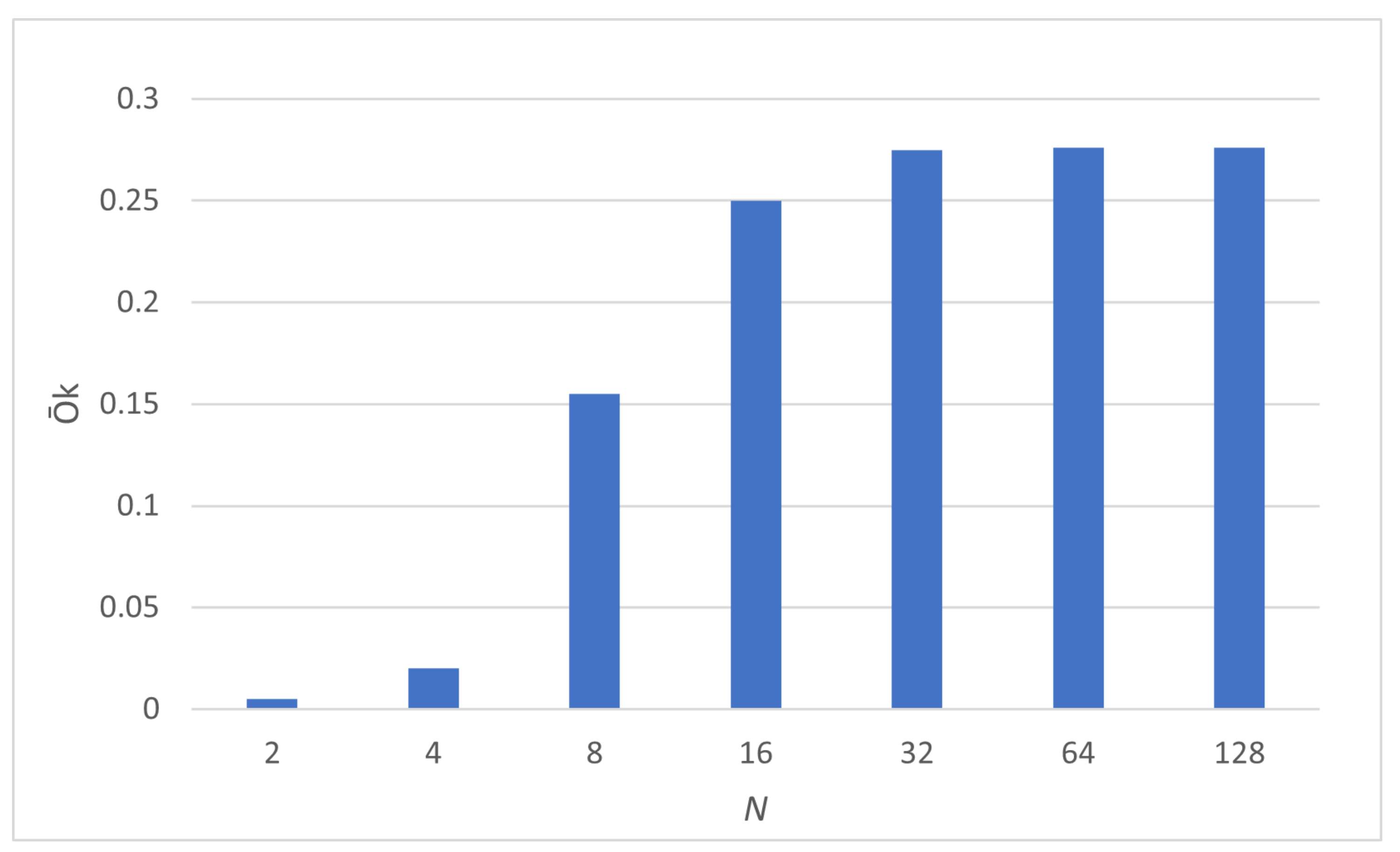
Publisher’s Note: MDPI stays neutral with regard to jurisdictional claims in published maps and institutional affiliations. |
© 2022 by the authors. Licensee MDPI, Basel, Switzerland. This article is an open access article distributed under the terms and conditions of the Creative Commons Attribution (CC BY) license (https://creativecommons.org/licenses/by/4.0/).
Share and Cite
Moinuddin, M.; Hassan, A.K.; Al-Saggaf, U.M. Performance Analysis of Multi-Cell Association in Downlink MU-MIMO System with Arbitrary Beamforming. Mathematics 2022, 10, 2611. https://doi.org/10.3390/math10152611
Moinuddin M, Hassan AK, Al-Saggaf UM. Performance Analysis of Multi-Cell Association in Downlink MU-MIMO System with Arbitrary Beamforming. Mathematics. 2022; 10(15):2611. https://doi.org/10.3390/math10152611
Chicago/Turabian StyleMoinuddin, Muhammad, Ahmad Kamal Hassan, and Ubaid M. Al-Saggaf. 2022. "Performance Analysis of Multi-Cell Association in Downlink MU-MIMO System with Arbitrary Beamforming" Mathematics 10, no. 15: 2611. https://doi.org/10.3390/math10152611
APA StyleMoinuddin, M., Hassan, A. K., & Al-Saggaf, U. M. (2022). Performance Analysis of Multi-Cell Association in Downlink MU-MIMO System with Arbitrary Beamforming. Mathematics, 10(15), 2611. https://doi.org/10.3390/math10152611





